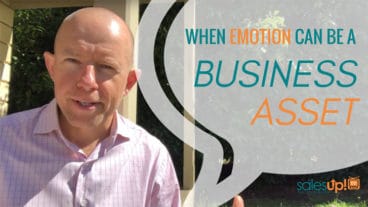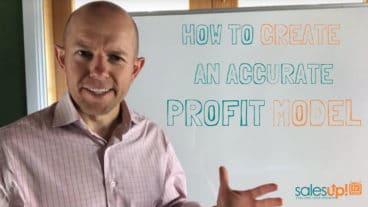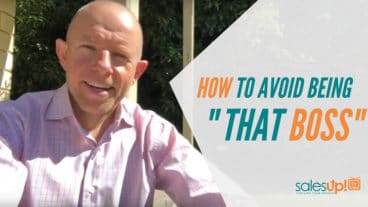Time to Watch: 4:34
It’s important to know what your goal is and how you’re going to execute it, but sometimes one of the missing ingredients is having the emotional leverage or clarity around why you’re going for something and the drive to see it through. This clarity of emotion is a business strength you don’t want to ignore.
In the pursuit of any goal, there’s ups and downs, but it’s when things are challenging and going against you, that you need those emotional reserves. In this video I’m not going to walk you through the actual planning process—there’s a cracker of a guide HERE that teaches you how to do that—but rather, we’re going to go through some east steps to tap into those emotional reserves when you need them.
What you’ll need to complete this exercise is a blank piece of paper, divided into three columns and enter your information as follows:
- Write your goal in the middle column. The only guideline here is to make sure you are picking S.M.A.R.T. goals. That is, goals that are Specific, Measurable, Achievable, Results-oriented with a Timeframe. SMART goals are critical in the planning process, particularly so you can gain a better picture of what success for that goal looks like in reality.
- In the left-hand column, write all the “WHY” reasons which relate to the goal. Behind every goal is a feeling, an emotion – and the emotional result that you want to achieve through that goal. Don’t skip this step or shake this task as a feel-good, fluff piece that doesn’t have any basis—nothing could be further from the truth. What you want to distill here are all the emotional reasons you want to achieve the goal. For example – if the goal is financial and you want to pay down your mortgage faster, list the emotional benefits you will gain by doing so (more disposable income to travel, more time with family, helping your children financially—whatever it is that fuels your fire). It is the feelings you will get from achieving that goal that will sustain you in the low times.
- Finally, in the right-hand column is the “HOW.” Don’t worry about getting this column ‘right.’ The ‘how’ column is all about brainstorming. This is the place to list every possible way you can think of to achieve that goal (and you may need an extra page to do this—that’s ok!). Once you have an exhaustive list, you can go back, prioritize and figure out and ask yourself, “Which ones make sense?”, “Which ones do I have the resources/time/ability to do.” Etc…
- From there, we advocate that you develop a structure to execute the plan and to help solidify your tasks and timelines. To do this, feel free to access our free 90-Day Planning guide which has all the tools and resources to help you develop and track your plan.
That’s it! The absolute importance of planning with purpose and emotion can’t be understated. The clearer you get on your goals, the more emotional leverage you have behind you to help you achieve those goals you’ve been dreaming of.
Dream big!
And for more free training videos, subscribe to our Youtube Channel.



